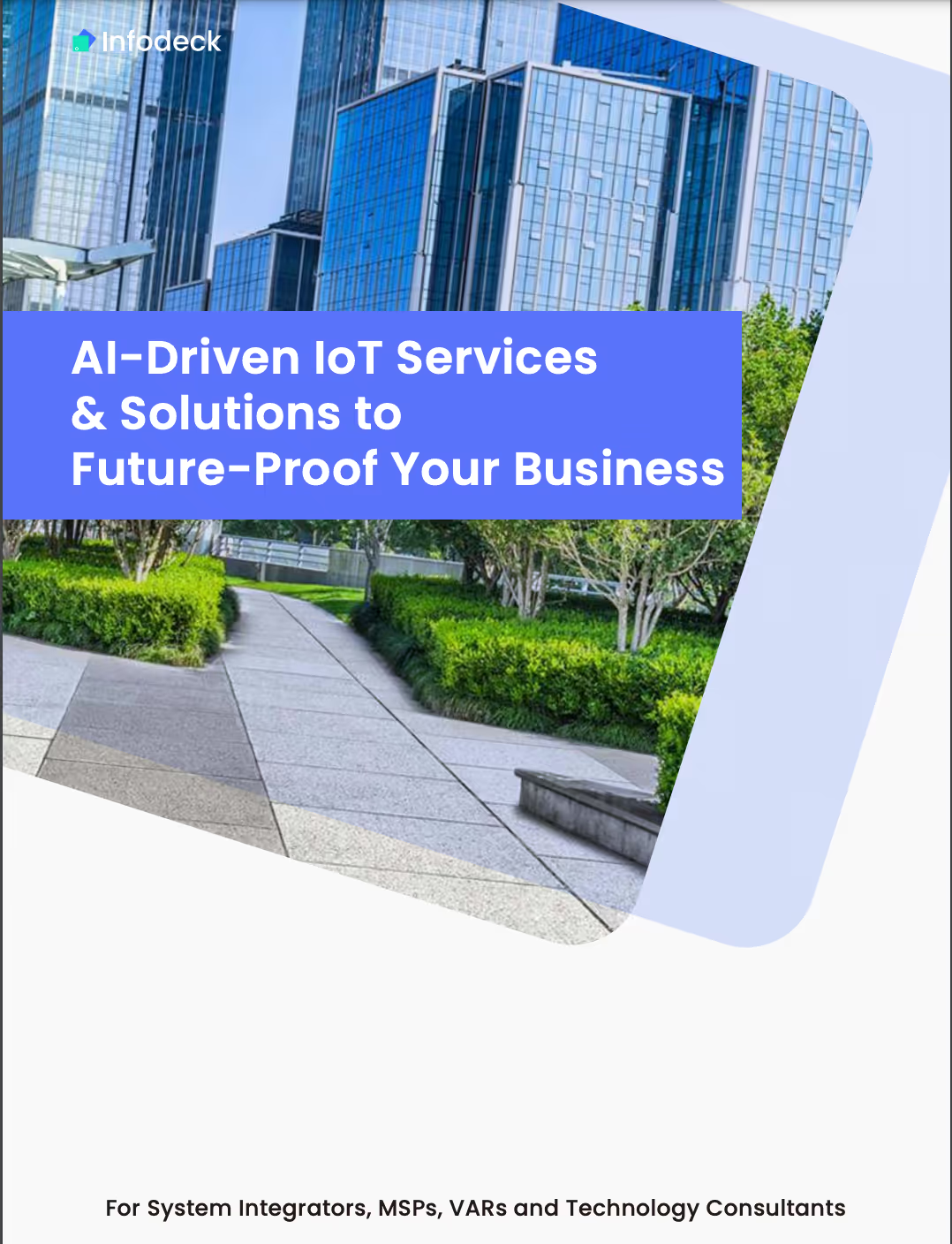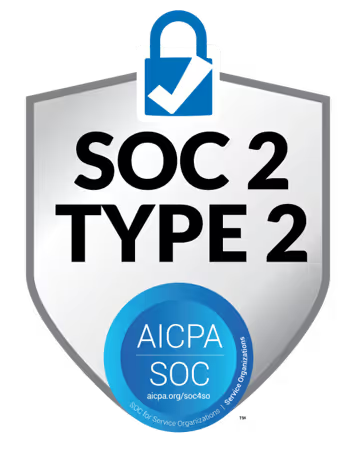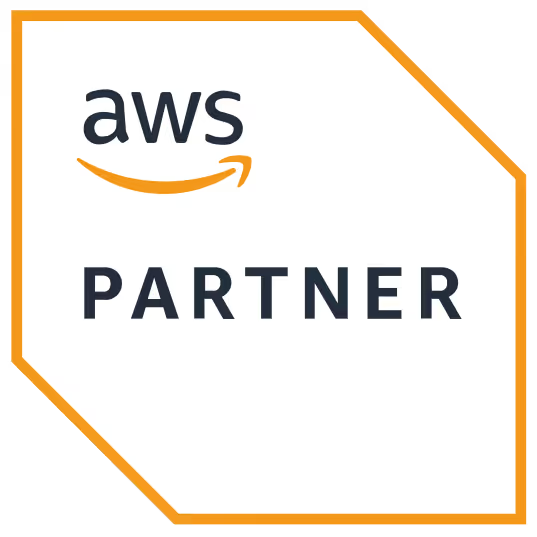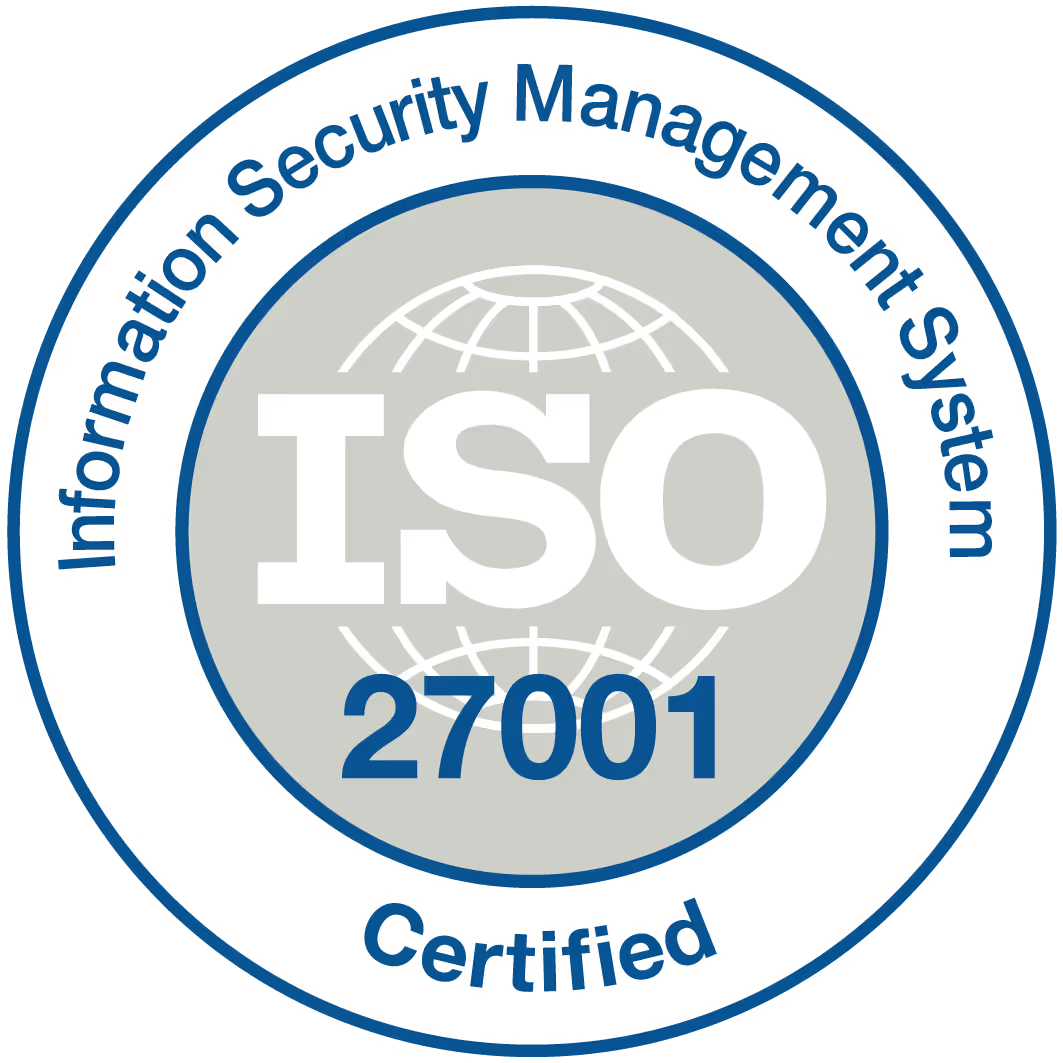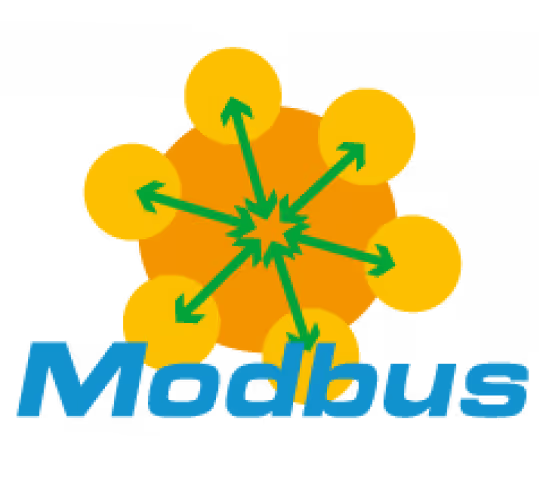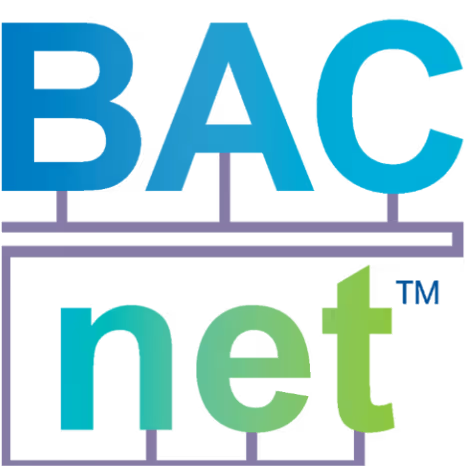Singapore's Smart Facilities Management Revolution: From Kampong to Data-Driven Excellence
The transformation of Singapore's facilities management landscape mirrors the nation's remarkable journey from third-world to first. In 1960, when only 9% of Singaporeans lived in government flats, few could have imagined that this small island nation would become a global leader in smart facilities management. Today, as Singapore pursues its ambitious 80-80-80 vision for 2030, the facilities management industry stands at the cusp of a data-driven revolution that promises to redefine how we manage, maintain, and optimize our built environment.
For property managers, facility managers, and building owners navigating this transformation, the path forward is clear: embrace digital innovation or risk being left behind. The Singapore facilities management market, valued at USD 3.54 billion in 2024, is not just growing—it's evolving into an intelligent ecosystem where data drives decisions, predictive analytics prevent failures, and sustainability isn't just a goal but a measurable outcome.
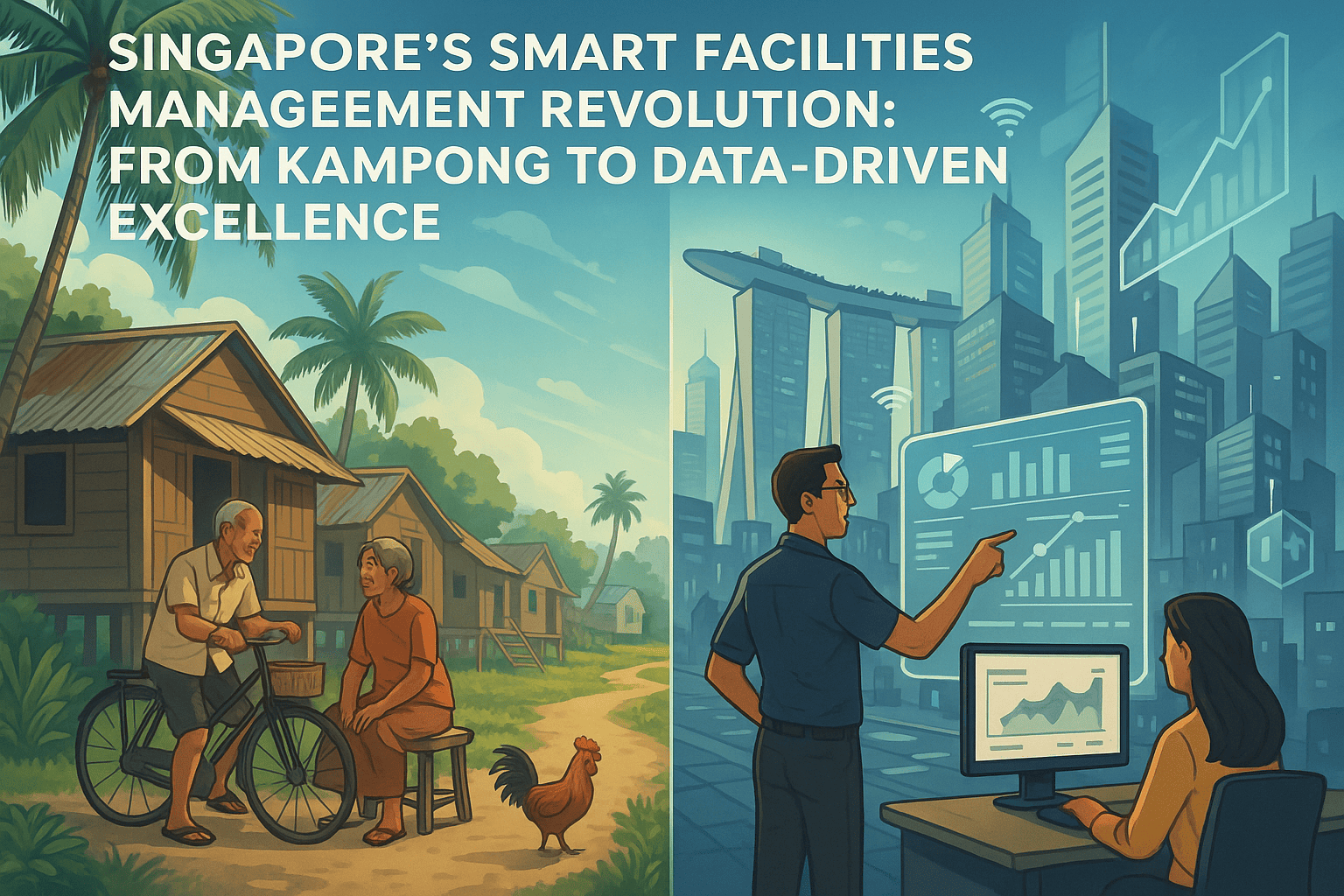
The Foundation Years: Building a Nation (1960s-1980s)
When the Housing Development Board (HDB) was established on February 1, 1960, Singapore faced a housing crisis of epic proportions. With the majority of the population living in unhygienic slums and crowded squatter settlements, the challenge wasn't just building homes—it was creating a sustainable system to manage them.
In less than three years, HDB built 21,000 flats. By 1965, that number had grown to 54,000. These early public housing developments, typically 10-storey blocks with about 12 homes per floor connected by common corridors, represented more than just shelter—they were the foundation of modern Singapore's facilities management journey.
The Critical Lesson: What worked for managing a handful of 10-storey blocks with basic amenities couldn't scale to today's complex, integrated building systems. This early period taught Singapore that facilities management must evolve with the built environment it serves.
The facilities management approach during this era was fundamentally reactive. Maintenance teams responded to breakdowns, cleaning schedules were basic, and there was little to no data collection or analysis. Yet, this period established crucial principles that would guide Singapore's FM evolution:
- Centralized planning with decentralized execution
- Emphasis on preventive maintenance over reactive repairs
- Recognition that proper facilities management directly impacts quality of life
As Singapore's public housing stock grew exponentially, the limitations of centralized management became increasingly apparent. The government recognized that a new approach was needed—one that brought management closer to the residents while maintaining professional standards.
The Professionalization Era: Decentralization and Crisis Management (1990s-2000s)
The establishment of Town Councils in 1986, formalized through the Town Councils Act in May 1988, marked a watershed moment in Singapore's facilities management evolution. Starting with three pilot town councils in Ang Mo Kio, this decentralization brought facilities management closer to residents while introducing a new level of professionalism to the industry.
Town Councils, headed by Members of Parliament and staffed by full-time estate management professionals, took responsibility for:
- Common property maintenance and cleaning
- Lift maintenance and safety compliance
- Landscaping and environmental management
- Financial management and resident engagement
This structure, requiring at least two-thirds of council members to be estate residents, created a unique model that balanced professional management with community involvement. For facility managers, this meant transitioning from purely operational roles to strategic partners in community development.
The SARS Crisis: A Turning Point for Hygiene and Building Management
The 2003 SARS outbreak, which infected 238 people and claimed 33 lives in Singapore between March and May, became an unexpected catalyst for transformation in facilities management practices. The crisis exposed vulnerabilities in building management systems and forced a fundamental rethinking of hygiene protocols, air quality management, and emergency preparedness.
Key changes implemented during and after SARS included:
- Enhanced Hygiene Protocols: Mandatory use of N95 respirators, implementation of rigorous cleaning schedules, and introduction of antimicrobial surface treatments
- Temperature Screening Infrastructure: Deployment of thermal scanners at building entrances, establishing a precedent for health monitoring that would prove invaluable during COVID-19
- Ventilation System Upgrades: Increased focus on air quality and circulation, leading to retrofitting of HVAC systems across public buildings
- Crisis Management Planning: Development of comprehensive pandemic response protocols that integrated facilities management with public health measures
The Infectious Diseases Act amendment on April 24, 2003, provided the legal framework for enhanced facility management practices during health emergencies. This legislative support underscored the critical role of facilities management in public health and safety.
The Transformative Insight: Crisis-driven improvements demonstrated that reactive facilities management was insufficient. The future demanded proactive, data-driven approaches that could anticipate and prevent problems before they escalated.
The Sustainability Revolution: Green Mark and Beyond (2005-2020)
The launch of the BCA Green Mark certification scheme in January 2005 fundamentally altered Singapore's facilities management landscape. No longer was FM just about keeping buildings operational—it became about optimizing performance, reducing environmental impact, and creating sustainable value.
The Green Building Masterplan's evolution tells the story of Singapore's sustainability journey:
- 2006: First masterplan focused on new buildings
- 2009: Second edition emphasized existing building retrofits
- 2014: Third iteration introduced higher performance standards
- 2021: Fourth edition set the ambitious 80-80-80 targets
By August 2021, over 4,500 buildings in Singapore had achieved Green Mark certification, covering 146 million square meters of gross floor area. This wasn't just about compliance—it represented a fundamental shift in how facility managers approached their role.
From Maintenance to Optimization
Green Mark requirements pushed facility managers to think beyond basic maintenance:
- Energy Management: Real-time monitoring of consumption patterns, optimization of HVAC operations, and implementation of energy-efficient lighting systems
- Water Conservation: Smart metering, leak detection systems, and greywater recycling
- Waste Management: Comprehensive recycling programs, waste stream analysis, and circular economy principles
- Indoor Environmental Quality: Monitoring of air quality, thermal comfort, and acoustic performance
For facility managers, this meant acquiring new skills in data analysis, sustainability reporting, and stakeholder engagement. The traditional "fix-it" mindset evolved into a strategic approach focused on continuous improvement and measurable outcomes.
COVID-19: Accelerating Digital Transformation
When Singapore announced its first COVID-19 case on January 23, 2020, the facilities management industry was better prepared than in 2003—but the scale and duration of the pandemic demanded unprecedented innovation.
The pandemic accelerated digital transformation in facilities management through:
- Contactless Technologies: Implementation of touchless entry systems, automated temperature screening, and mobile-based access control
- Smart Monitoring Systems: Deployment of IoT sensors for occupancy tracking, air quality monitoring, and space utilization analysis
- Remote Management Capabilities: Cloud-based platforms enabling remote monitoring and management of building systems
- Enhanced Health and Safety Protocols: Integration of health screening data with building management systems
Technologies like TraceTogether demonstrated how digital solutions could transform traditional FM practices. SPOTON smart thermal scanners and VigilantGantry's AI-powered screening systems showed that facilities management could be both highly efficient and deeply human-centric.
The COVID Legacy: The pandemic proved that smart facilities management isn't a luxury—it's essential for business continuity, occupant safety, and operational resilience.
The Data-Driven Present: Smart FM in Action
Today's facilities management landscape in Singapore is defined by data, driven by technology, and measured by outcomes. With the market valued at USD 3.54 billion in 2024 and projected to grow significantly, the industry is experiencing a fundamental transformation in how buildings are managed, maintained, and optimized.
Current Challenges Demanding Smart Solutions
Modern facility managers face unprecedented challenges:
- Meeting 80-80-80 Targets: With just under 60% of buildings greened as of July 2024, the push to reach 80% by 2030 requires accelerated adoption of smart technologies
- Managing Complexity: Modern buildings incorporate dozens of interconnected systems requiring integrated management approaches
- Optimizing Costs: Rising energy prices and labor shortages demand greater efficiency
- Ensuring Compliance: Evolving regulations require comprehensive documentation and reporting
- Enhancing User Experience: Occupants expect responsive, comfortable, and safe environments
How Data-Driven FM Addresses These Challenges
Real-Time Monitoring and Predictive Maintenance
Modern predictive maintenance systems use machine learning algorithms to analyze equipment performance data, identifying potential failures before they occur. Industry benchmarks show that this approach can deliver:
- 15-50% reduction in unplanned downtime (depending on existing maintenance practices)
- 20-40% extension in equipment lifespan through optimized maintenance
- 10-25% improvement in maintenance efficiency via better scheduling
- 30-50% reduction in emergency repair costs by preventing catastrophic failures
Results vary based on building type, equipment age, and implementation scope
For example, smart HVAC systems continuously monitor parameters like vibration, temperature, and energy consumption. Anomalies trigger alerts, allowing maintenance teams to address issues during scheduled downtime rather than emergency repairs.
Automated Work Order Systems
Digital work order management transforms reactive maintenance into proactive service delivery:
- Automatic Ticket Generation: IoT sensors detect issues and create work orders without human intervention
- Intelligent Routing: AI algorithms assign tasks based on technician skills, location, and availability
- Real-Time Tracking: Mobile apps provide updates on work order status, improving transparency
- Performance Analytics: Data insights identify recurring issues and optimization opportunities
Organizations implementing comprehensive work order automation report:
- 25-40% faster response times to maintenance issues
- 15-30% improvement in first-time fix rates
- 20-35% reduction in administrative overhead
- 10-20% increase in technician productivity
Asset Lifecycle Management
Comprehensive asset management platforms provide:
- Digital Asset Registers: Complete documentation of all building systems and equipment
- Lifecycle Planning: Predictive modeling for replacement scheduling and capital planning
- Performance Benchmarking: Comparison against industry standards and similar buildings
- ROI Analysis: Data-driven decisions on repair vs. replace scenarios
Well-implemented asset management systems typically achieve:
- 10-20% reduction in total cost of ownership
- 15-25% improvement in asset reliability
- 20-30% better capital planning accuracy
- 5-15% increase in asset lifespan
Integration with Sustainability Goals
Smart FM systems directly support Singapore's Green Mark requirements through:
- Energy Analytics: Granular consumption data identifying optimization opportunities
- Automated Reporting: Streamlined compliance documentation for regulatory submissions
- Carbon Tracking: Real-time monitoring of emissions and progress toward reduction targets
- Occupant Engagement: Mobile apps encouraging sustainable behaviors
Buildings leveraging smart FM for sustainability report:
- 10-30% reduction in energy consumption (higher savings for older buildings)
- 15-25% decrease in water usage through leak detection and optimization
- 20-40% improvement in waste diversion rates with smart bin monitoring
- 5-15% reduction in overall carbon emissions
Performance varies significantly based on baseline efficiency and building characteristics
The Power of Integrated Platforms
Modern facilities management demands integrated solutions that break down silos between different building systems. Platforms like Infodeck's IoT-enabled FM solution demonstrate how integration creates value:
- Unified Dashboards: Single pane of glass for all building systems
- Cross-System Intelligence: HVAC adjustments based on occupancy data, lighting control integrated with security systems
- Scalable Architecture: Cloud-native designs supporting portfolio-wide deployment
- Open APIs: Integration with existing enterprise systems and third-party applications
Success Stories: Digital Transformation in Action
Case Study 1: Commercial Office Building Achieves Significant Energy Reduction
A Grade A office building in Raffles Place implemented a comprehensive smart FM system, integrating:
- Real-time energy monitoring across all systems
- AI-driven HVAC optimization based on occupancy patterns
- Predictive maintenance for critical equipment
- Automated fault detection and diagnostics
Results after 18 months:
- 28% reduction in energy consumption (from already efficient baseline)
- 45% decrease in emergency maintenance calls
- 22% improvement in tenant satisfaction scores
- ROI achieved within 2.5 years
This represents a best-in-class implementation with full stakeholder buy-in and comprehensive deployment
Case Study 2: Manufacturing Facility Transforms Maintenance Operations
A semiconductor manufacturing facility replaced reactive maintenance with predictive analytics:
- Deployed 500+ IoT sensors monitoring critical equipment
- Implemented machine learning algorithms for failure prediction
- Integrated work order management with parts inventory
- Established real-time performance dashboards
Outcomes:
- 35-50% reduction in unplanned downtime (varied by equipment type)
- 25% decrease in overall maintenance costs
- 40% improvement in mean time between failures
- 85% first-time fix rate (up from 60%)
Results achieved through phased implementation over 24 months with continuous optimization
Case Study 3: Healthcare Facility Enhances Patient Safety
A major hospital leveraged smart FM for infection control and patient safety:
- Continuous air quality monitoring in critical areas
- Automated alerts for environmental parameter deviations
- Integration with building automation for immediate response
- Comprehensive compliance reporting for healthcare standards
Achievements:
- 100% compliance with air quality standards
- 30% reduction in HVAC-related incidents
- 25% energy savings through optimized operations
- 15% improvement in staff productivity through automated workflows
Implementation focused on critical care areas first, with gradual expansion to entire facility
Implementation Best Practices for Smart FM
1. Start with Strategy, Not Technology
Before investing in any technology, develop a clear strategy:
- Define measurable objectives aligned with business goals
- Assess current maturity levels and identify gaps
- Create a phased roadmap for transformation
- Ensure stakeholder buy-in at all levels
2. Focus on Integration, Not Islands
Avoid creating new silos:
- Choose platforms with open APIs and integration capabilities
- Prioritize solutions that work with existing systems
- Plan for data standardization and governance
- Consider future scalability needs
3. Invest in People, Not Just Platforms
Technology is only as effective as the people using it:
- Develop comprehensive training programs
- Create new roles for data analysts and system integrators
- Foster a culture of continuous improvement
- Recognize and reward innovation
4. Measure What Matters
Establish KPIs that drive real value:
- Energy intensity (kWh/m²)
- Maintenance cost per square meter
- Mean time to repair (MTTR)
- Occupant satisfaction scores
- Sustainability metrics aligned with Green Mark
5. Plan for Change Management
Digital transformation is as much about people as technology:
- Communicate benefits clearly to all stakeholders
- Address concerns about job displacement
- Celebrate early wins to build momentum
- Create feedback loops for continuous improvement
The Road Ahead: Singapore's 2030 Vision and Beyond
As Singapore pursues its ambitious 80-80-80 targets, the facilities management industry stands at a pivotal moment. The convergence of technological capability, regulatory support, and market demand creates unprecedented opportunities for innovation and value creation.
Emerging Technologies Shaping the Future
Digital Twins
Virtual replicas of physical buildings enable:
- Scenario planning for optimization strategies
- Real-time performance simulation
- Predictive modeling for equipment failures
- Enhanced collaboration between stakeholders
Early adopters report 10-15% improvements in operational efficiency through digital twin deployment.
Artificial Intelligence and Machine Learning
Advanced AI applications include:
- Autonomous building operations adjusting to changing conditions
- Natural language interfaces for maintenance requests
- Computer vision for security and safety monitoring
- Predictive analytics for space utilization optimization
Leading implementations show 20-30% reduction in operational costs through AI-driven automation.
5G and Edge Computing
Ultra-low latency connectivity enables:
- Real-time processing of massive sensor data
- Instant response to critical events
- Enhanced mobile experiences for facility teams
- Support for bandwidth-intensive applications like AR/VR
Blockchain for FM
Distributed ledger technology offers:
- Transparent maintenance records and certifications
- Smart contracts for automated service delivery
- Secure sharing of building data across stakeholders
- Enhanced trust in sustainability reporting
The Business Case for Smart FM
For building owners and facility managers, the investment in smart FM delivers measurable returns:
Cost Savings (Industry Benchmarks):
- 10-25% reduction in energy costs through optimization (higher for older buildings)
- 15-30% decrease in maintenance expenses via predictive approaches
- 10-20% improvement in space utilization efficiency
- 5-15% reduction in overall operating costs
Actual savings depend on baseline efficiency, building type, and implementation scope
Revenue Enhancement Opportunities:
- 3-7% rental premium for smart, sustainable buildings
- 5-10% higher occupancy rates due to superior tenant experience
- 10-20% increase in asset value through better maintenance and sustainability credentials
- Potential new revenue streams from data insights and services
Risk Mitigation Benefits:
- Reduced liability through proactive safety management
- Better compliance with evolving regulations
- Enhanced business continuity during disruptions
- Protected reputation through sustainability leadership
Competitive Advantages:
- Differentiation in crowded markets
- Attraction and retention of quality tenants
- Appeal to ESG-focused investors
- Future-proofing against regulatory changes
Typical ROI Timeline:
- Basic monitoring systems: 12-18 months
- Comprehensive smart FM platforms: 2-4 years
- Full digital transformation: 3-5 years
ROI varies significantly based on implementation scope, existing infrastructure, and organizational commitment
Conclusion: Your Role in Singapore's FM Revolution
Singapore's journey from kampong to smart nation demonstrates that transformation is not just possible—it's inevitable. The facilities management industry, once focused on keeping buildings operational, now drives innovation, sustainability, and value creation across the built environment.
For property managers, facility managers, and building owners, the message is clear: the future belongs to those who embrace data-driven, integrated approaches to facilities management. The technologies exist, the business case is proven, and the regulatory environment supports innovation.
As Singapore races toward its 80-80-80 vision, every building, every system, and every decision matters. The question isn't whether to adopt smart facilities management—it's how quickly you can transform your operations to meet the demands of tomorrow.
The tools are available. The path is clear. The only thing missing is your decision to act.
Ready to transform your facilities management operations? Discover how Infodeck's integrated IoT platform can help you achieve operational excellence, meet sustainability targets, and create exceptional occupant experiences. Contact us today to start your smart FM journey.
Performance metrics and case studies represent industry benchmarks and best-in-class implementations. Actual results may vary based on specific building conditions, implementation scope, and operational practices. All historical facts and dates have been verified through official sources.
This article is part of Infodeck's thought leadership series on smart facilities management. For more insights on digital transformation in FM, explore our complete resource library. Get started today

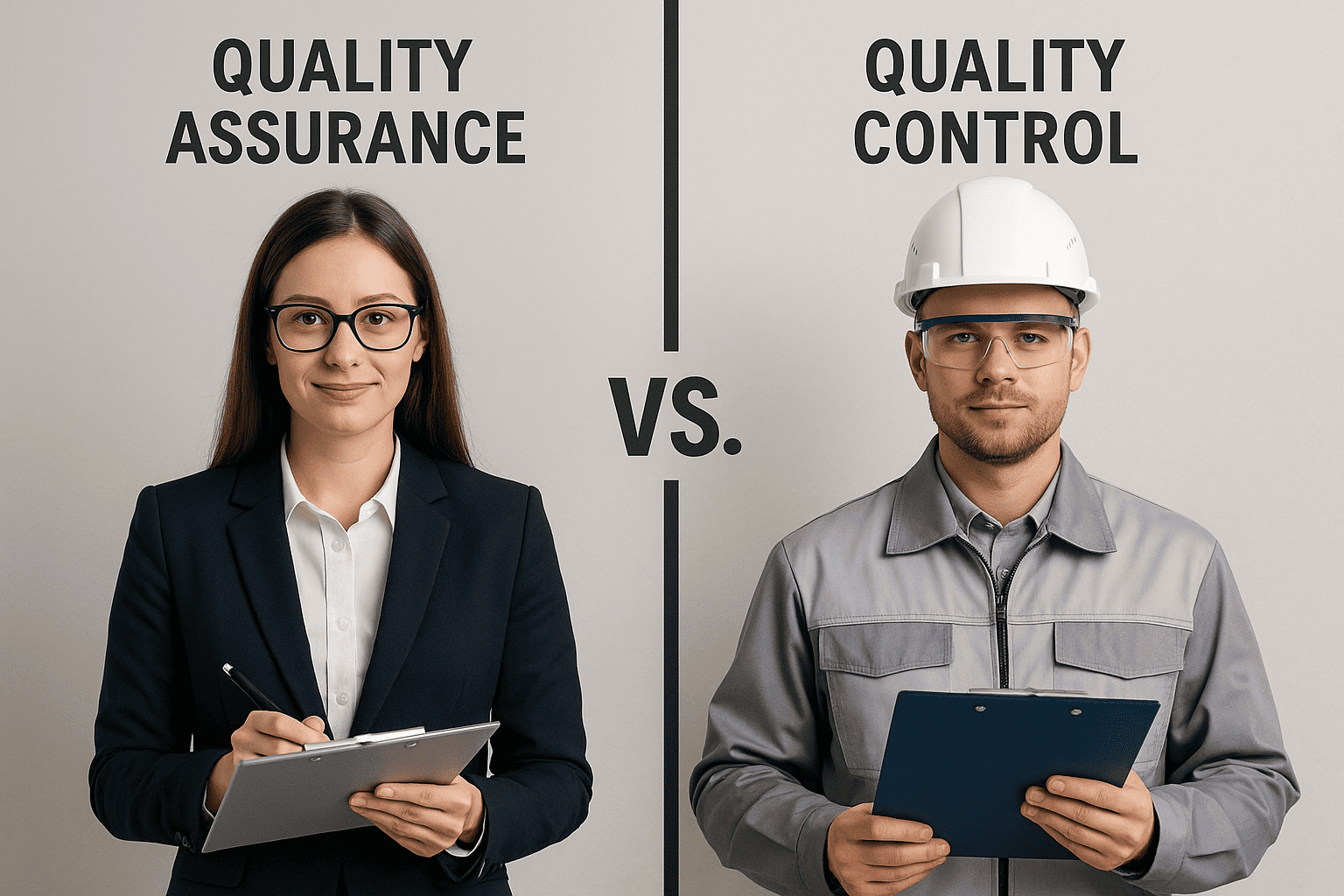
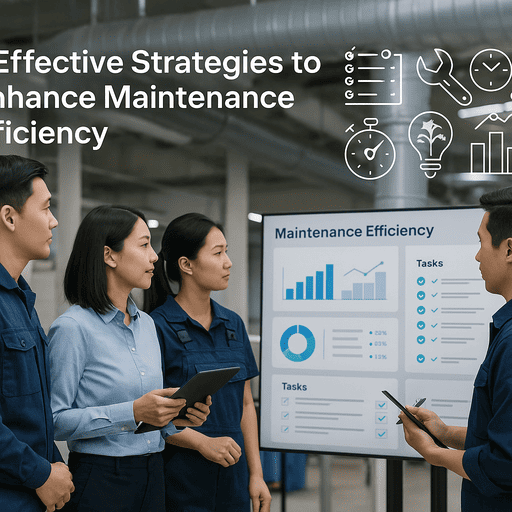
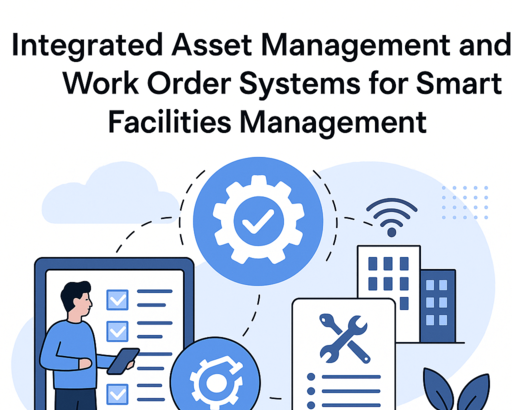
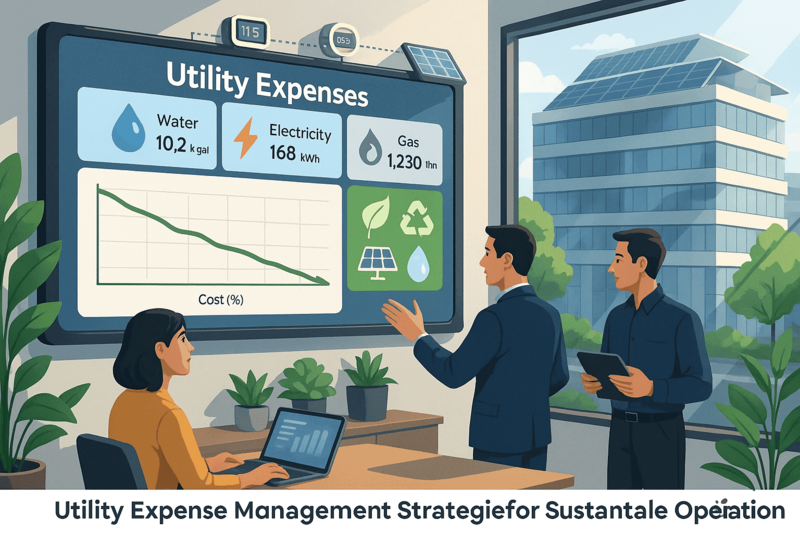



.png)



.png)




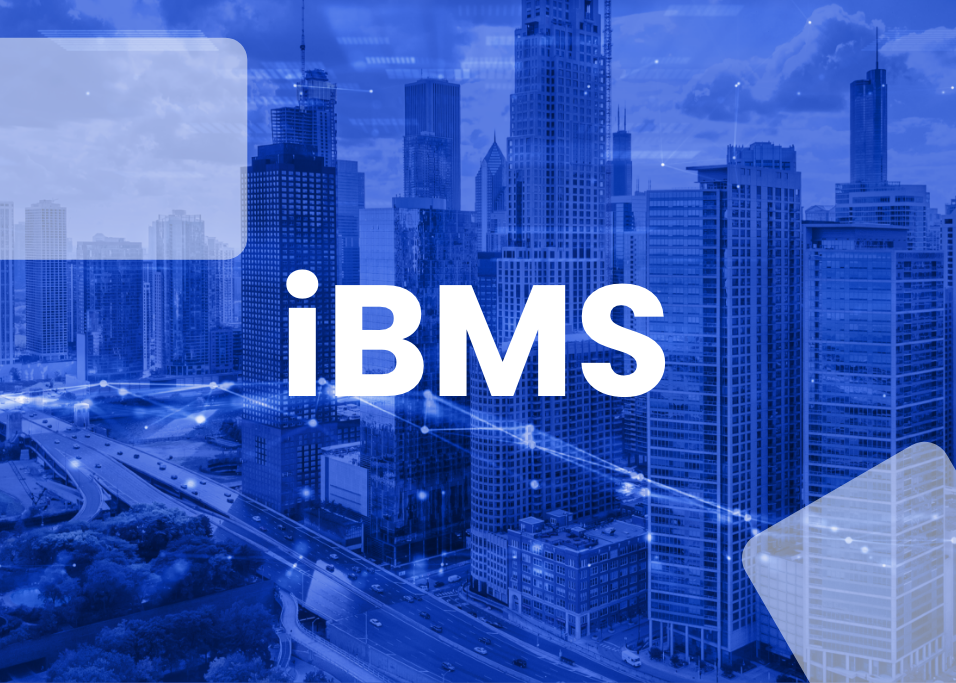












.jpg)








